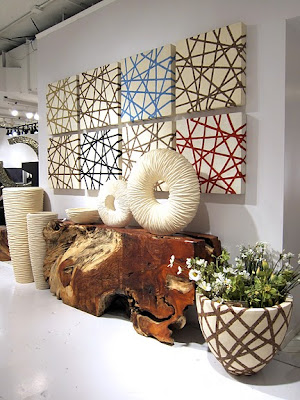
So you’ve decided to renovate your home or at the very least, tackle the problem of harmonizing your space with furniture that fits your lifestyle. What’s the best use of your budget and how do you achieve the grand vision you’ve been patiently brewing? Will retail furnishings do the trick or should custom designs be brought into the equation?
When to go the custom routeCustom furniture is an investment and should be approached as such. Built-ins add value to your home while free-standing pieces can travel with you and be passed down through the generations. Customized designs also bring added value to its contents. For example, a stereo cabinet for the most discerning audiophile will thoughtfully organize and display beloved records, optimize audio quality by integrating systems into the unit, and provide ease of use to its owner.
Often times it’s the awkward or small spaces of our homes that ignite the need for custom furniture. Whether functional space partitioning is needed or modular, multi-function furniture that maximizes floor space while accommodating guests and tasks, a custom design can end up saving you time and money by eliminating the need for multiple furnishings and the inconvenience of space planning when entertaining.
Custom furniture considerations
What’s your overall style? Do you lean towards traditional, modern, or eclectic environments? If you’re not sure, try clipping images from magazines that match your tastes. Even images of abstract textures and color palettes can help your designer define a direction for your end product.
Consider your lifestyle. Do you entertain often? Do you hate to clean or are you a neat freak? Do you have children? Are you a homeowner or do you move locations often? All of these considerations affect the design from material selection, to construction, to finish options.

 So…what’s this going cost?
So…what’s this going cost?There’s a reason you can never find pricing on custom furniture company websites. The reason is: we have no idea. Until a design direction is established, it’s impossible to give estimates. What I can say, as a general rule, retail furnishings are always less expensive than custom built. Consequently, if there is a piece of furniture that you really like, you should buy it. Recreating a pre-existing piece will be far more expensive than buying it flat out.
That said, there are various avenues to achieve your wants at different price points and any designer you work with should be empathetic to your situation and present these options to you. Material selection certainly factors into the equation, however the bulk of the cost is attributed to labor. In order to lower price points, details in the construction have to be simplified or eliminated. Of course, this does not translate into better and worse products. A talented designer will know how to make use of every detail from joints, to hardware, to materials that cumulate into a designed object that gets noticed.
Off and runningNow that you’re a more educated consumer it’s time to take the next step: pick up the phone. Have an in-home or onsite consultation with your designer to start the dialog and ensure your visions will meld. It’s important that your designer actively listens to your wants and needs and is just as excited as you are about your creation. The design process is the fun part, so get involved and help steer the project into your tailor-made solution.


























